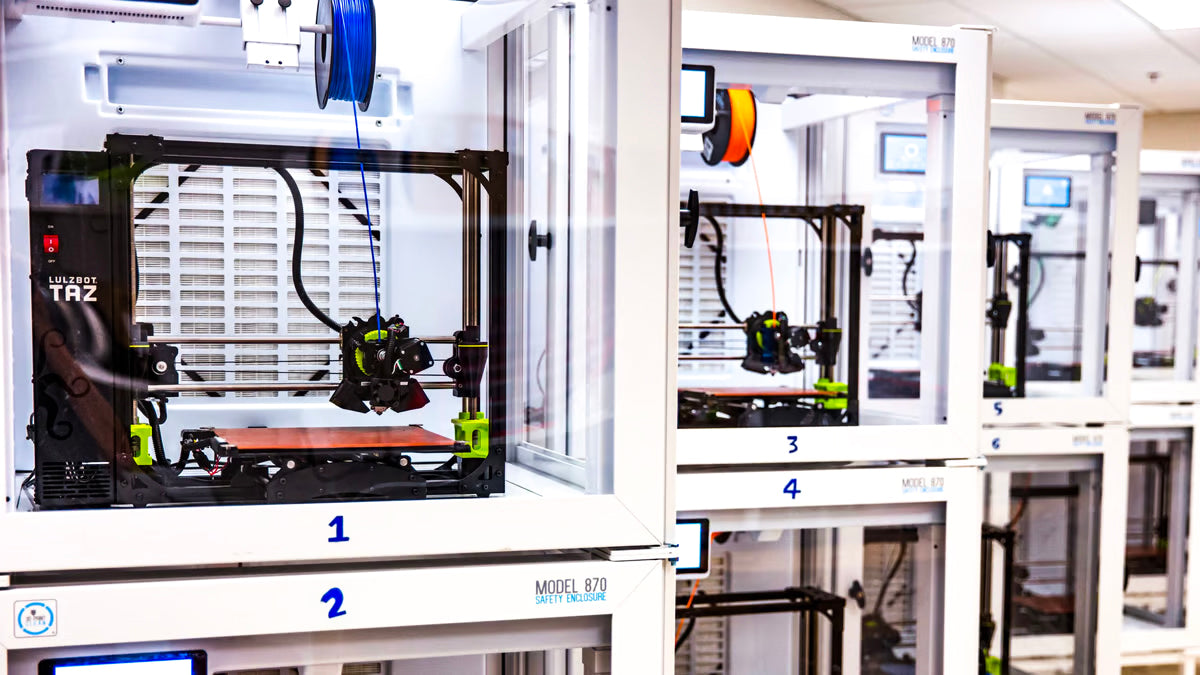
SUSTAINABILITY
Recycled wood and bioplastic hold an important place in today's sustainability-focused world.
Bioplastic is obtained from renewable resources,
They are biodegradable or recyclable materials. Unlike traditional plastics, the use of fossil fuels is reduced during the production of bioplastics, thus reducing greenhouse gas emissions and energy consumption.
This helps protect natural resources and minimize environmental impact.
contributes to the

The machines we use as "mistràe";
3D printers have significant potential in terms of environment and sustainability. Here are some important aspects of this potential:
Waste Reduction : Compared to traditional manufacturing methods, 3D printers can produce using less material. Especially thanks to layered manufacturing techniques, only the required amounts of material are used. This minimizes the amount of waste.
Local Production and Distribution : 3D printers allow production to be carried out locally rather than centralized. Producing products directly at the location of demand reduces transportation and logistics costs while reducing the carbon footprint.
Use of Sustainable Materials : 3D printers support the use of sustainable materials such as bio-printed or recycled materials. Bioprinting involves manufacturing processes using bioplastics or organic materials.
Design Optimization : 3D printers are an excellent tool for design optimization and customized manufacturing. This allows products to be designed more efficiently and achieve greater functionality using less material.
Contribution to the Waste Cycle : 3D printers can also be used to recycle waste materials. Some bioplastics, especially PLA, can be recycled and used again as 3D printing materials.

Of course, reducing plastic use and choosing recycled products are important environmental steps. Here are some recommendations on this subject:
Reduce Plastic Use : There are steps to reduce plastic use in daily life. When shopping, use cloth bags, avoid plastic bags, and use reusable water bottles or mugs.
Choose Recyclable Materials : When shopping, choose products made from recycled materials. This applies to a variety of products such as clothing, furniture, packaging materials or household items.
Careful Packaging Selection : When purchasing products, try to choose products with minimal or recyclable packaging. This helps consumers reduce packaging waste.
Use Less Disposable Products : Instead of single-use plastic products, turn to permanent and reusable alternatives. For example, you can use durable and long-lasting products such as metal straws and bamboo toothbrushes.
Contribute to Recycling : Support recycling by using recycling bins at home or at work. Contribute to the recycling process by collecting materials such as plastic, paper, glass and metal in separate bins.
Be a Conscious Consumer : Be careful to make conscious choices by researching the production stages of products and the sustainability policies of brands. Supporting certified sustainable products can help reduce environmental impact.
These steps individually help reduce plastic consumption and opt for recycled products. Increasing this awareness in society at large is an important step towards creating a larger environmental impact.
